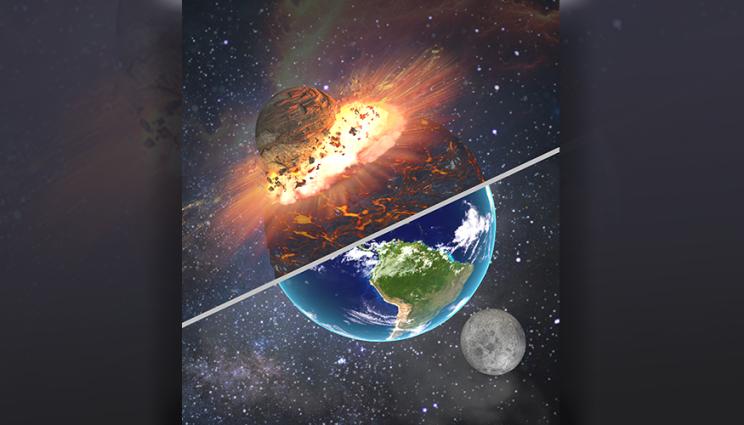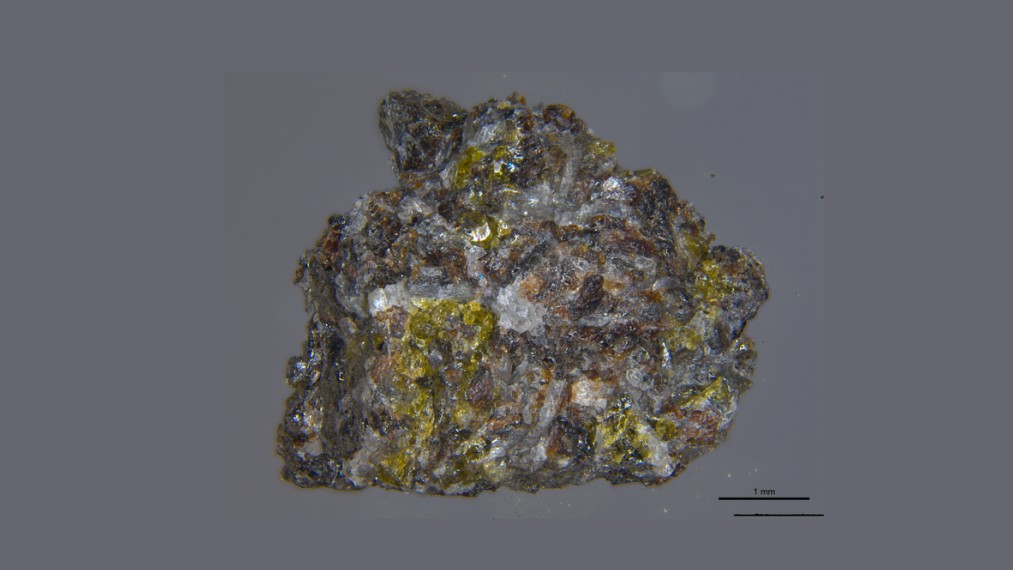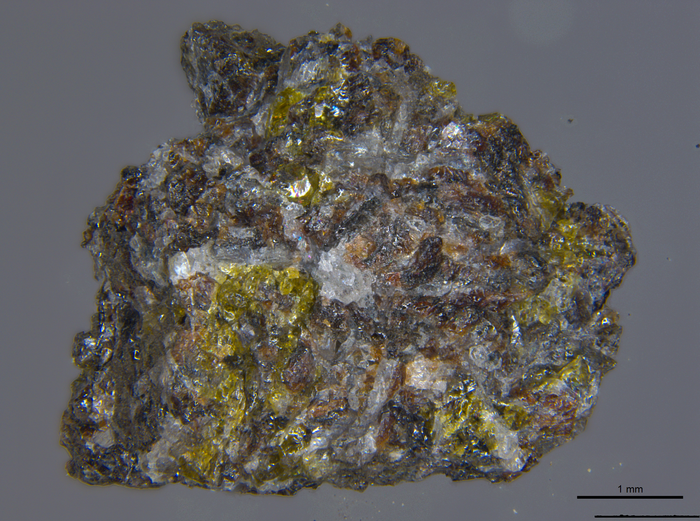
Moon Rocks
Moon rock or lunar rock is rock originating from Earth's Moon. This includes lunar material collected during the course of human exploration of the Moon, and rock that has been ejected naturally from the Moon's surface and landed on Earth as meteorites.
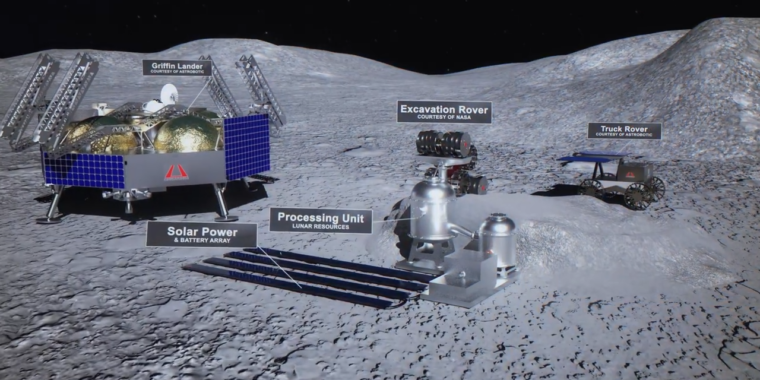
Machine to melt Moon rocks and derive metals may launch in 2024 | The company's initial reactor will measure about 1-meter in diameter and height and process scoops of lunar regolith delivered by a small rover. The goal is to process as much as 100 kilograms of lunar regolith during a 24-hour period
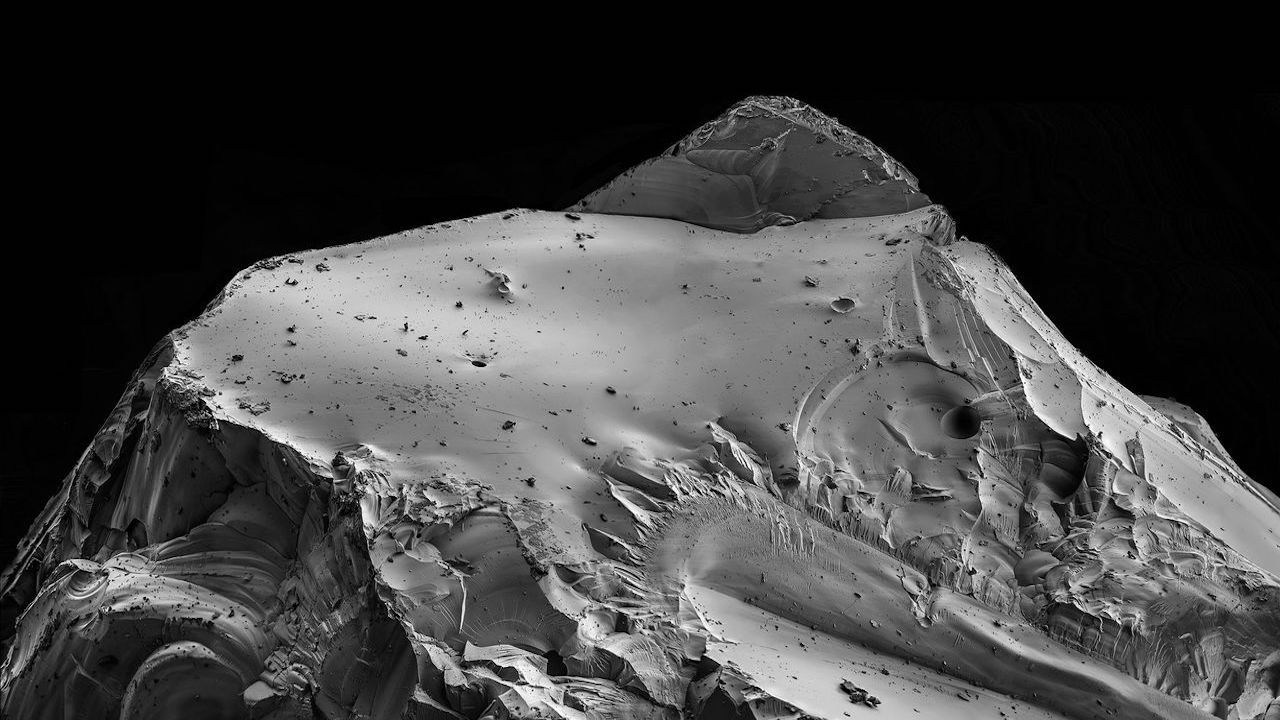

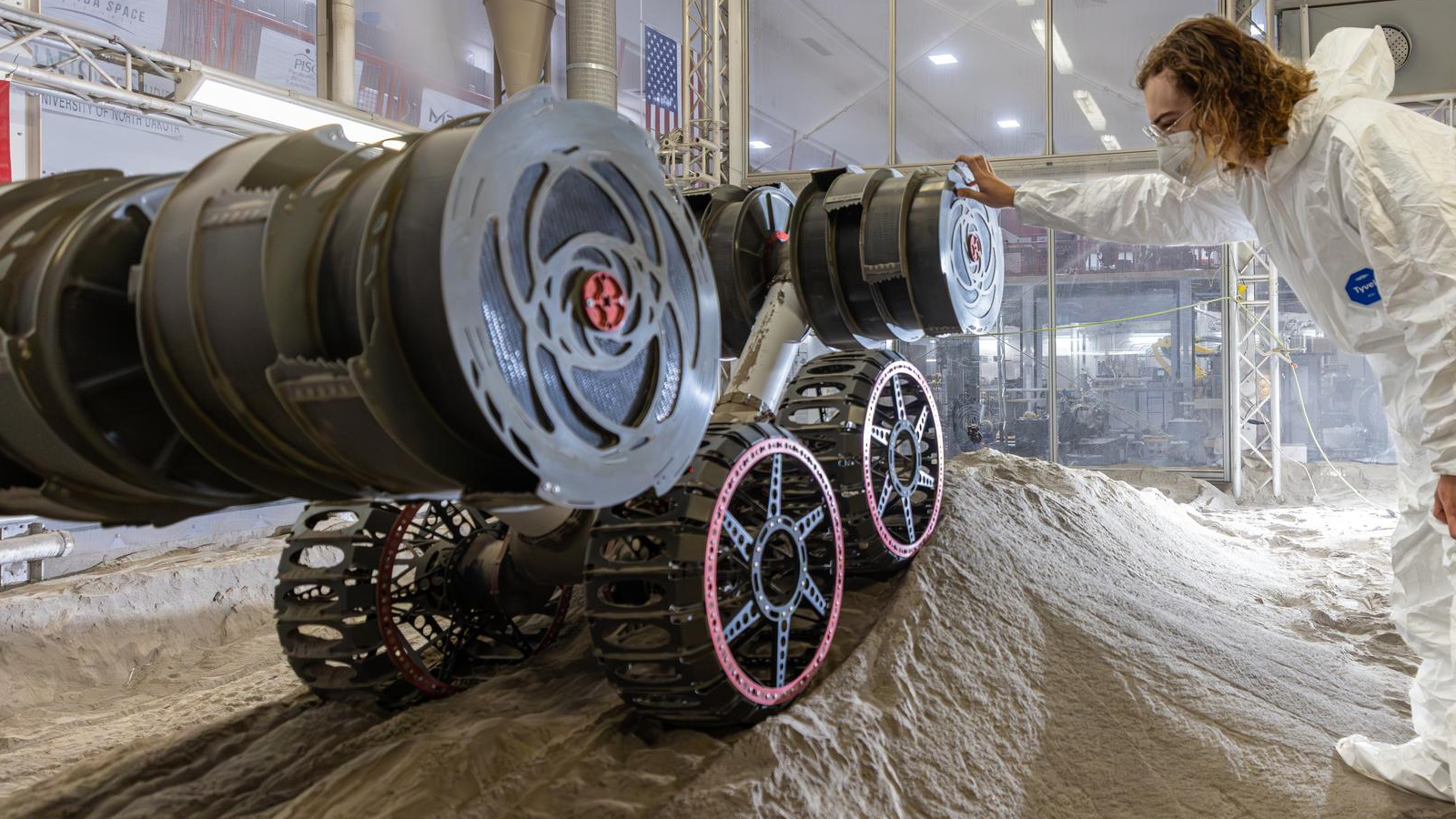

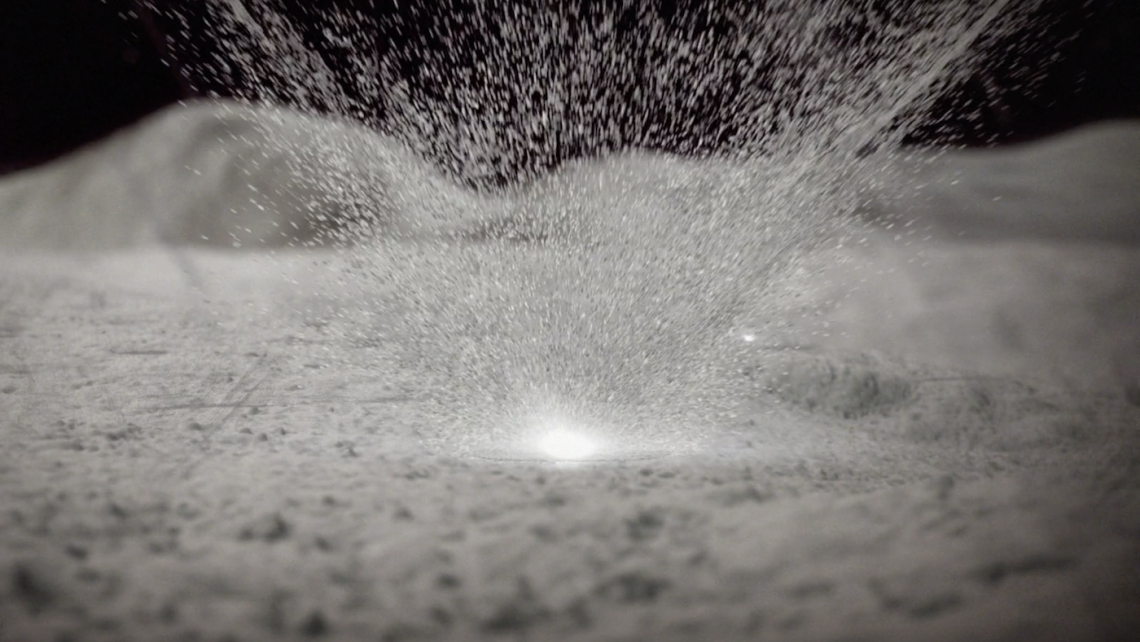

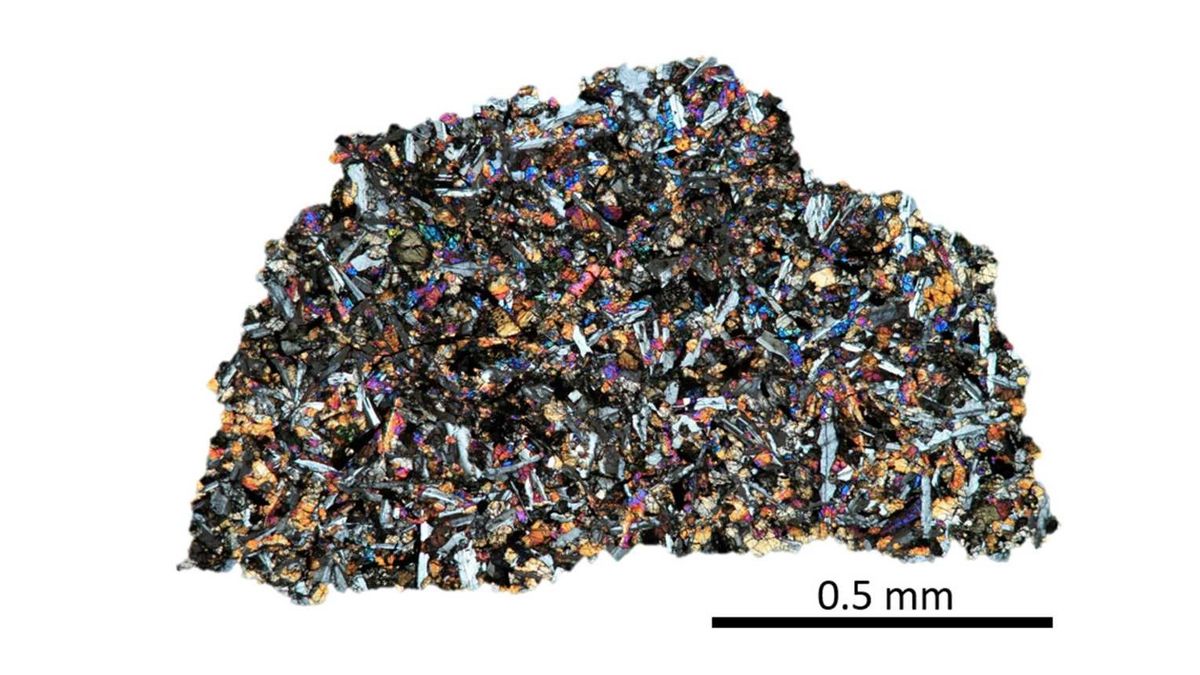
.png)



